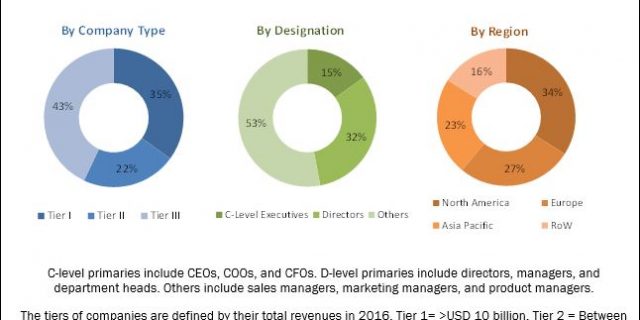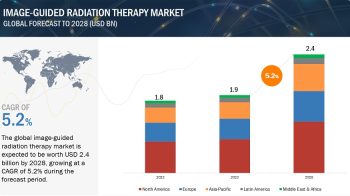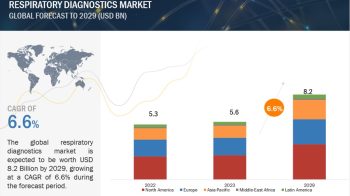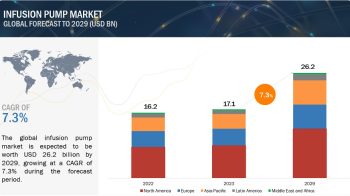
Market growth is mainly driven by factors such as the increasing incidence of diabetic foot ulcers, increasing geriatric population, and increasing burn injuries globally. On the other hand, the high cost of wound care biologics and the higher rejection rate associated with skin grafts & substitutes will restrain the growth of this market.
The global wound care biologics market is expected to reach USD 2.26 Billion by 2023 from USD 1.42 Billion in 2018, at a CAGR of 9.8%.
Wound Care Biologics Market by Product (Biological Skin Substitutes (Biosynthetic Products), Topical Agents), Wound Type (Diabetic Foot Ulcer, Pressure Ulcers, Surgical & Traumatic Wound), End User (Hospitals, Burn Centers) – Global Forecast to 2023
Download PDF Brochure: https://www.marketsandmarkets.com/pdfdownloadNew.asp?id=259878425
The objectives of this study are as follows:
- To define, describe, and forecast the market by product, wound type, end user, and region
- To forecast the revenue of the market segments with respect to four main regional segments, namely, North America, Europe, Asia Pacific, and the Rest of the World (RoW)
- To identify micromarkets and the drivers, opportunities, and trends affecting the growth of the industry
- To strategically analyze market segments and subsegments with respect to individual growth trends, prospects, and contributions to the overall market
- To analyze opportunities in the market for stakeholders and provide details of the competitive landscape for market leaders
- To profile key players and comprehensively analyze their market shares and core competencies in terms of market developments and growth strategies
- To track and analyze competitive developments such as collaborations, acquisitions, product launches, expansions, and R&D activities in the market
The global market is segmented on the basis of product, wound type, end user, and region. By product, the market segmented into biological skin substitutes and topical agents. The biological skin substitutes segment is estimated to account for the largest share of the market in 2018. The rising incidence of hard-to-heal wounds and their growing adoption (due to their high efficacy) are driving the growth of this product segment. The biological skin substitutes segment is further categorized into human donor tissue-derived products, acellular animal-derived products, and biosynthetic products.
For More Information On This Report, Please Visit : https://www.marketsandmarkets.com/requestsampleNew.asp?id=259878425
The geographical regions mapped in the report are:
Basis of region, the Biological Skin Substitutes market is segmented into North America, Europe, Asia Pacific, and the Rest of the World (RoW). In 2018, North America is expected to command the largest share of the market. The large share of this segment can primarily be attributed to the high presence of key players in this region, the availability of a variety of wound biologics products, and the high prevalence of diabetic foot ulcers this region.


